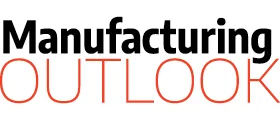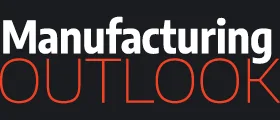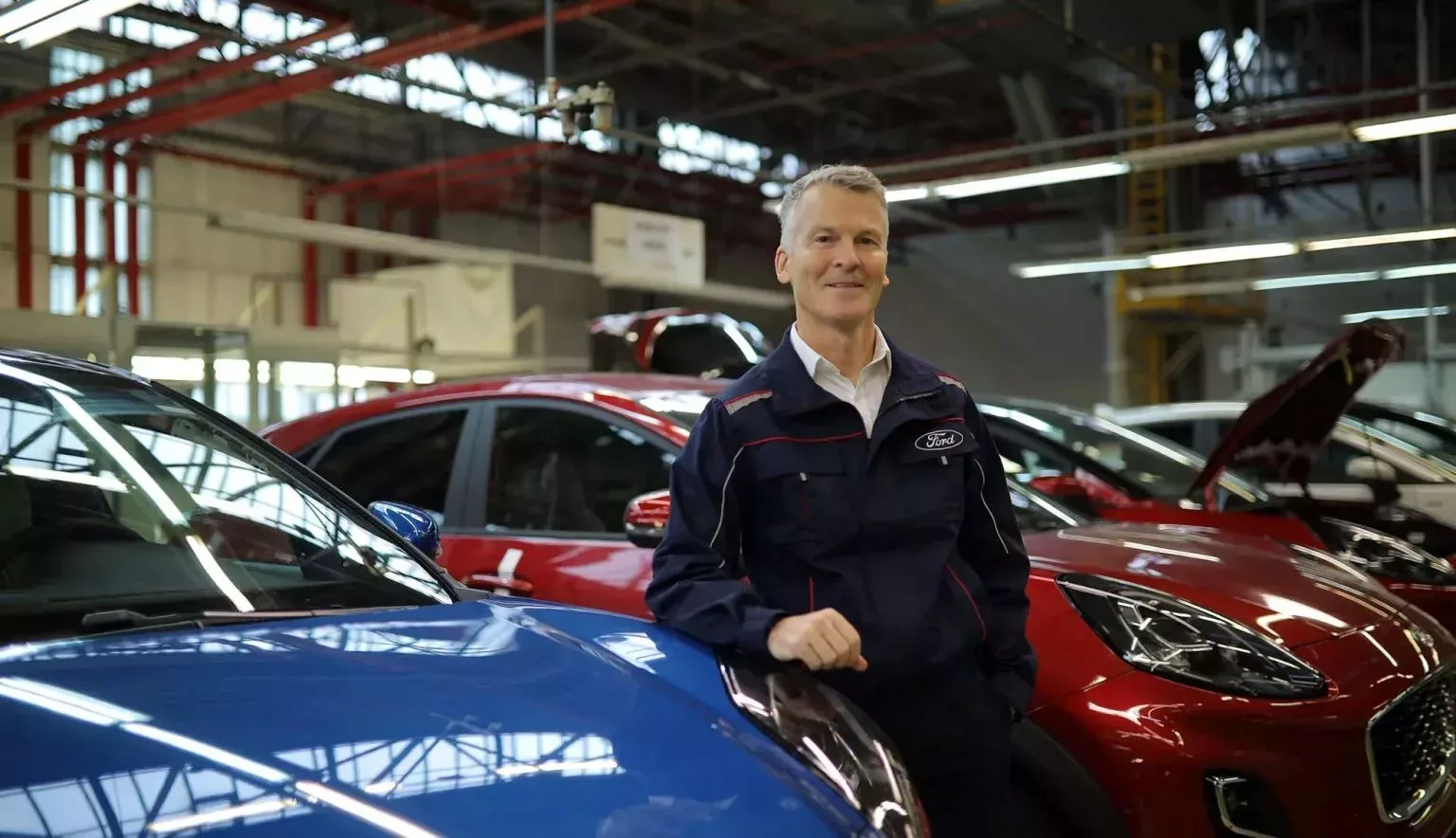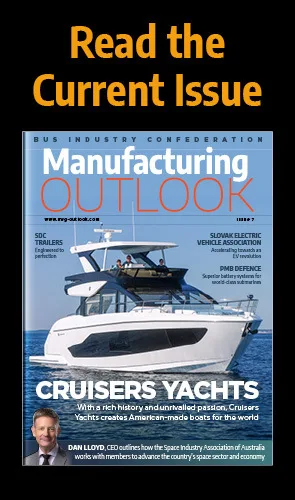The esteemed 6,000-strong workforce and state-of-the-art Craiova plant of Ford Romania have become key for the group’s global mission – to make people’s lives better through automotive and mobility leadership.
MOBILITY MASTERY
Henry Ford is, without question, one the most influential figures of the past century.
A visionary, an inspiration, a hero of modern industry and society – these are all ways in which the mastermind behind the legacy of one of the world’s most revered automotive companies is described even now, 72 years after his passing.
Why? For Ian Pearson, the President of Ford Romania, the answer is simple.
“What’s really interesting is if you go back and read about the makings of Ford,” he muses, recommending the founder’s biography. “You quickly realise that Henry Ford’s focus over 100 years ago is very similar to where we are as a company now.
“He wanted to bring reliable, affordable travel to the masses; to open the highways to all mankind. He wanted to provide innovative, safe means of transport and to make the impossible, possible. And that’s exactly what drives us day by day.”
Granted, Pearson himself hasn’t been on the scene from the beginning – it would make him at least 116 years old.
Yet, having taken up his father’s offer to enrol in a Ford apprenticeship at the age of 16, in his hometown of Liverpool back in the 1970s, he’s been around long enough to recognise that this same unwavering mission has endured throughout generations and across borders.
Today, Ford has a presence in 200 countries around the world and employs almost 200,000 people, roughly 6,200 of which are situated in Romania, working alongside Pearson at the organisation’s impressive, one million square metre Craiova plant.
“I didn’t start my career with grand plans to work in different locations,” he reveals. “Working with Ford has simply provided me with the opportunity to do so – the chance to see new places, embrace new cultures and learn – and each time I’ve been asked I have said yes.
“Coming to Romania is a prime example. When I arrived here, I was surprised in honesty. I’d never visited before, and didn’t know much about the country, but quickly learned that the people here are passionate, incredibly talented and very friendly.”
€1.5 BILLION AND COUNTING
While the now President of Ford Romania first came to Craiova in September 2010, a four-year assignment at Ford’s Bridgend plant in south Wales separating his first and second period of residency in Romania’s sixth largest city, the organisation has in fact been operational here since 2008 following the purchase of a brownfield site from the Romanian government.
12 years on, the company to date has invested more than €1.5 billion in total on upgrading the plant, making it state-of-the-art in all aspects.
“It’s a huge sum, but each investment has been made to enhance the efficiency and cost-effectiveness of our operation for the long term,” Pearson explains.
“Our body shop, for example, has integrated around 600 different robots and is now 90 percent automated. Meanwhile, in our paint shop, we have the latest 3-Wet process.”
“Traditionally, auto manufacturers apply a primer to a vehicle, and place it in an oven to dry it. They then add the topcoat (the colour coating) then put it back in the oven to dry it. And finally, they apply a third clear coat with gives the exterior its shine, before placing it in the oven for a third time.
“In our 3-Wet process, we only use the oven at the end of all three coats. It’s leading technology, and allows our paint shop to be smaller, more effective and more efficient.”
Indeed, this comprises just a small part of the Craiova plant’s overall production line which right now is producing the Ford EcoSport vehicle, its world-renowned, award-winning 1.0 litre EcoBoost engine and, as of October, the new Ford Puma vehicle – the first mild hybrid to be produced in Romania.
Integrating the latter into the facility’s overall production has been no easy feat.
The plant hired an additional 1,700 employees and invested approximately €200 million to support the production of the Puma model. Yet the transition has been somewhat seamless, owed in large part to the efforts of the Ford Craiova team.
“Our people are the difference; it is as simple as that,” Pearson affirms, singing their praises.
“I know that it’s sometimes a cliché to say that, but they absolutely do. You can go into any operation and find a lot of standardised machines, equipment and processes that are considered to be industry best practices and are used broadly throughout the auto manufacturing sector. I’m the first to admit that in our own plant, there are many things that you can find in others.
“But everyone who comes here is blown away by the people they meet. Romania is a proud nation, and our employees are very proud to be producing products that are sold around the world.”
POWERED BY EMPOWERMENT
It is at this point that Josephine Payne enters the conversation.
A Ford employee of 23 years, her story in many ways mirrors that of Pearson, embracing the boundless opportunities offered by the company in order to mould a career within the organisation tailored to her own strengths and proficiencies.
“I started out as a shop floor engineer but have spent most of the last 20 years leading teams designing and implementing new production facilities in Ford powertrain plants around the world,” she explains.
“I love the fast pace of an operational environment and working at so many different levels, ensuring we meet our current production targets, delivering ongoing continuous improvement, as well as guiding the team to deliver step level changes through innovation and new model launches.
“No day is ever the same, and with a great team around me I really have found my dream job.”
Today, Payne stands as the Plant Manager of the Craiova Engine Plant, responsible for a 1,000-strong workforce that, by Pearson’s own admission, she is a role model for. Indeed, listening further to her own experiences, it’s easy to see why.
“At the start of my career, I was in a meeting discussing the issue of gating production and the experienced (male) engineers outlined the solution that they proposed to implement,” Payne reveals. “They explained that this was the way they always fixed the problem and that if it happened again that this is what I should do. However, I asked them ‘if it is fixed like this frequently, then is it really fixed?’
“We started looking at what the root cause might be, and what else could be done. By the end of the discussion we had identified an alternative way of fixing the issue, and it was the last time it needed to be fixed! It took someone coming in and looking at the issue from a different perspective to challenge the team and develop a better solution.”
Albeit just one example, this speaks volumes of the importance of workplace diversity – a topic that’s historically been somewhat overlooked in the automotive sector.
According to a recent study from Deloitte, currently women only account for 27 percent of the US auto manufacturing workforce, a counterproductive gap that resonates with the entire global industry, curbing innovation, transformation and disruption by restricting the talent pool.
Unquestionably, this is a problem. Yet Ford has proactively been looking to change the status quo, evidenced by its Team Leader Readiness Training programme.
Payne explains: “Following an analysis of recent hiring trends, it became apparent that whilst the selection process is gender neutral, there were significantly less women applying for shop floor, team leader and process coach roles.
“In order to tackle this, we launched Team Leader Readiness Training, open to both men and women, providing anyone the opportunity to gain the skills that they would need as a group leader, as well as a more thorough understanding of the role to motivate them to apply.”
Since its pilot, the number of applications from women for team leader positions has increased substantially, the firm having identified and addressed the underlying reasons that they were not putting themselves forward for these positions.
“This is just one of many examples of how Ford is helping to challenge the status quo and put in place a framework for female empowerment,” Payne adds.
DRIVING SOCIAL CHANGE
Aside from internal operations, empowerment is high on the company’s agenda in other ways, the firm partaking in an extensive range of corporate social responsibility initiatives.
Since Ford’s arrival in 2008, this has become a key part of the Craiova plant’s remit, delivered by a combination of the Romania division itself and the wider group’s independent philanthropic arm, Ford Fund.
“It’s common practice for Ford to give back to the communities in which it operates,” Pearson reveals.
“This year, we’ve been renovating a kindergarten school, provided a helipad to a local hospital to assist in emergency landing/evacuations to other hospitals, and helped refurbish a local oncology unit including the provision of beds.”
Here, the plant’s workforce shines through once again, often offering up their free time to provide the labour required for these projects to succeed, while the Ford Fund provides the materials and investment to relevant NGOs which then oversee activities.
“We’ve also done a lot in terms of general help for the community,” the President continues. “Cardiology checks and blood checks in local villages is something we’ve conducted a lot in the past, as access to health systems can be difficult at times.
“The group-wide Driving Skills for Life programme is also one we’re particularly proud of. Making sure people, especially young inexperienced drivers, understand the safety issues and hazards associated with being on the road while they drive our cars is of paramount importance to us.
“On education we sponsor a number of students at local universities, and this year launched our Duel Education programme, partnering up with local schools to provide students of roughly 14 years of age with the opportunity to take part in a vocational course where we bring them on site to learn not just the academics of engineering and mechanics, but the practical skills as well.”
The education theme continues with the Ford Resource and Engagement Centre (FREC), a $1 million-backed initiative that’s the first of its kind in Europe, launched by Ford Fund in Romania following the success of similar ventures in the United States and China.
Here, Ford works directly with local universities, offering support to budding entrepreneurs in both a social and business sense.
“It’s a bit like Dragon’s Den, but we’re not dragons,” Pearson chuckles.
“We listen to the ideas of students, and if we think one has potential then we support it. Likewise, if we think there’s work to do, then we offer hints, tips and guidance.
“Since launching earlier this year, we are already backing nine projects covering a whole range of social and business-related issues, from horticulture to language lessons to
the rejuvenation of old shoes.
“It’s been really exciting to see young entrepreneurs in Craiova practicing their ideas successfully.”
WHAT’S NEXT?
Indeed, talk of entrepreneurialism and student-led innovation brings us swiftly onto what is a key question for Ford Romania – what’s next?
“Goal number one is continuing the successful launch of Puma,” Pearson responds.
For 2019, Ford anticipates its figures to show the firm holding an 8.5 percent market share in Romania, equating to 13,500 units sold for the year – a step up from 2018. The plan for 2020, however, is to continue this trend, owed to the successful roll out of Puma.
“Second is continuing to look at how we can make our processes leaner, and to further improve the efficiency and effectiveness of our operation,” Pearson continues. “As an example,
we are reviewing the complexity our of products, to ensure that our customers get exactly what they want, while making it the best from a manufacturing point of view.”
Third is a focus on logistics.
Being part of a global entity, Ford Romania works with a vast number of both local and international partners, importing products the world over. And while the firm is grateful for the contributions of this strong, capable supply base, optimising it as a network via logistics is set to become increasingly important in the eyes of Pearson.
“Romanian infrastructure is a personal interest of mine,” he explains.
“It’s an area that’s set to become increasingly scrutinised. In my experience, the cost of logistics never goes down – it only goes up, and that’s going to pose some challenges, not just to Ford but for the entire Romanian manufacturing industry. Similar to Ford, many manufacturers bring parts and materials into Romania and ship finished products out of Romania, therefore punctual, cost effective logistics is vital ”
Manufacturing-related subjects aside, the organisation is also monitoring critical topics slated to change the face of the automotive sector altogether in the longer term particularly closely, constantly working to proactively position itself and the skills of its workforce ahead of the curve on all fronts.
“We are going through a period of immense change; probably the greatest in the last hundred years, with the automotive industry moving into hybrid, electric and autonomous vehicles and the shift in the mobility world,” Payne declares.
“I certainly believe that the automotive landscape of tomorrow will look nothing like it does today, and the workforce needed to deliver this will have a different set of skills and outlooks to those that have served us well in the past.”
Pearson agrees, yet affirms that Ford is not fazed by these developments, instead drawing optimism from the changes that lie ahead.
And it is this that forms the basis of his conclusion.
“There are a lot of new starters coming into the business – if you think three, four years ago, Tesla was a new starter, but now its a consolidated player,” he states.
“These emerging fields have provided an avenue for startups to succeed, and a lot of new companies are identifying opportunities that probably weren’t there before.
“And that’s exciting. There’s more choice out there, and for us that means looking towards the future, towards trends and customer demands, and thinking about how we can become more mobile and more agile. For Ford, the opportunity is to create tomorrow with our employees, our partners and our customers.”
































